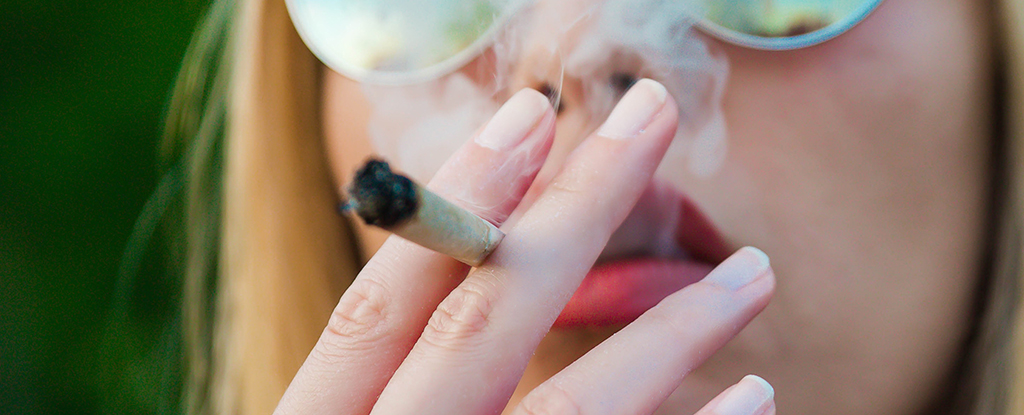Exposure to cannabis while pregnant has been linked with a number of genetic changes in the newborn, supporting speculations a mother’s use of the drug could adversely affect their child’s ongoing neurodevelopment.
The international team of researchers behind the study found that prenatal cannabis exposure (PCE) was associated with alterations in genetic expression in newborns which persisted into their adult life. These epigenetic changes affected more than half a dozen genes related to the growth of nervous pathways at different points in development.
“In a world-first, we identified a significant number of molecular changes in genes involved in neurodevelopment and neurodevelopmental disease, across the life course,” says geneticist Amy Osborne from the University of Canterbury in New Zealand.
“This is a key finding because it suggests there is a molecular link between prenatal cannabis exposure and impacts on the genes involved in neurodevelopment.”
The researchers used two existing databases which tracked individuals from birth, up to the age of 27 in some cases. Self-reporting was used to assess drug use habits of the mothers, with blood samples collected from the newborns’ umbilical cords and directly from the older children providing DNA material.
A process which regulates gene activity known as DNA methylation varied significantly between children who had been exposed to cannabis and those who hadn’t, particularly among seven genes known to be related to brain development, anxiety, and autism.
“This is a key finding because it suggests there is a molecular link between prenatal cannabis exposure and impacts on the genes involved in neurodevelopment,” says Osborne.
More work needs to be done to understand the implications of the results. The total number of PCE individuals in the study was relatively small, with only one of the two databases providing a sample that was suitably large enough to control for prenatal tobacco exposure.
Of the 858 newborns from that database, just 10 had been prenatally exposed solely to cannabis. A further 20 had been exposed to both cannabis and tobacco prenatally. Similarly, just 11 of the 922 children aged 7 at the time of data collection had been exposed to cannabis alone, with a further 21 exposed to both drugs.
While the method can’t show a direct cause-and-effect relationship, the results are concerning enough to warrant a deeper look. With recent research showing more than 8 percent of US women regularly using cannabis while pregnant (up from 3.4 percent in 2002) – often to relieve stress and anxiety – it’s important to raise awareness of the potential health impacts.
The evidence is building too. Earlier this year a study involving rats showed an association between cannabis ingredients and issues with brain development, while earlier research linked cannabis use during pregnancy with behavioral changes in childhood.
“Cannabis is now the most commonly used drug, excluding alcohol and tobacco, among pregnant women in the United States and the frequency has been rising since the COVID-19 pandemic,” says Osborne.
“We hope our research will inspire further investigation with larger cohorts and there will soon be clearer advice to pregnant women about the impact of cannabis use. Otherwise, the potential risk to children remains, and will likely grow.”
The research has been published in Molecular Psychiatry.





